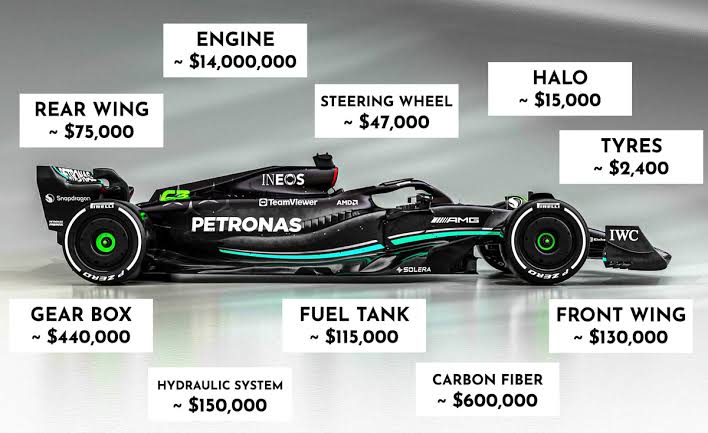The high cost of Formula One (F1) cars, which can range from $12 million to over $20 million, presents both challenges and opportunities for teams and the sport as a whole. It’s a challenge for teams seeking to compete, but it also drives innovation and technological advancements.
Challenges:
High initial investment:
The sheer cost of building and maintaining an F1 car can be a barrier for smaller teams, potentially limiting their ability to compete effectively.
Budget constraints:
Teams often operate within tight budgets, with the cost of the car being a significant portion of their overall expenses.
Pressure to innovate:
The high cost of F1 technology also creates pressure on teams to constantly innovate and develop new designs, which can be a costly and complex undertaking.
Potential for unequal playing field:
The disparity in costs between teams can lead to a situation where the wealthiest teams have a significant advantage, potentially making the sport less competitive.
Blessings:
Technological advancements:
The pursuit of speed and performance in F1 drives significant technological advancements that can be applied to other industries, such as automotive engineering and materials science.
Innovation in materials:
The use of lightweight and high-strength materials, like carbon fiber, in F1 cars has led to advancements in various sectors.
Focus on Efficiency:
The need to optimize performance and reduce costs has led to innovations in aerodynamics, power systems, and other areas.
Global marketing and sponsorship opportunities:
F1’s global reach and appeal create significant marketing and sponsorship opportunities for teams and their partners, which can help offset the high costs.
